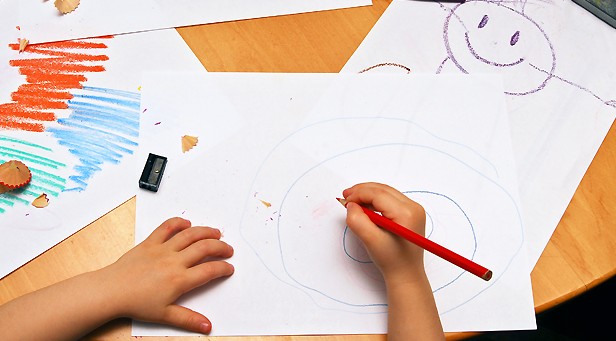Some folks are really capable. REALLY capable. Me, I’m more on the disorganized end of things. I get so many ideas they tend to spread all over the place. I could do this, or this, or this! It’s super fun to think about, but sometimes, all the possibilities make sitting down to write even harder. I have not one vision, but many and perfectionism for each and everyone. So, I started looking around for ideas on organizing. And I found some tips that help me and if you’re an over-thinker, someone like you.
1. Make it easy on yourself. Make the list of what you try to accomplish in a given sitting realistic and doable. For example, I watch preschoolers build these CRAZY huge block structures, but you know what? They don’t actually start with this giant structure in mind, they start with the block in their hand and figuring out where it can go. That’s it. Block. Spot. Next.
2. Learn your process so that you can make it easy on yourself (see #1). What do I mean by that? I mean if your process is to spend three days in the bath, outline the last page and then write to that last page, make your list start with the bath – and nothing else. Don’t worry about the outlining of the last page or anything else, just the bath. If your process is to fill up 2000 index cards and organize them by the first letter, then to make an outline then to reevaluate and then make another outline then to call your parent/guardian/partner then cry, then type two pages and throw your computer against the wall, then pay for the repairs and start over with a new two pages… keep your eye on the index card ball. And then, make that even smaller. You can write today’s plan with a crayon and put the rest of it where it belongs. In well marked bins. But if you don’t know how you work, it’s harder to make it easy on yourself. Give yourself the gift of your own attention. Start tracking your process OR watch this video: [jwplayer mediaid=”5860″]
3. Set a timer or other limit. At our preschool, when it’s time to clean up, we know exactly what it will take to get to the other side – 7 items put away or 5 minutes of pick up. Limit what you can do in a given sitting so you’ll be more excited to get it done. And make it small to start.
4. A WELL MARKED place for everything and everything in its place. Don’t try to do email or balance your checkbook during the same sitting at your computer that you’re going to work on your writing. Break it up. And if you can, keep the writing time to as close to the same time everyday. That’s your writing box. Email, phone calls and the like don’t happen during that time. And when the box is closed, it’s closed – keeping you focused on everything else you need to do in a day. I watch our preschoolers and they may not know consciously when it’s time to wash hands for lunch, but they know in their bodies. Help yourself get the writing habit into muscle memory by being consistent.
5. Play. Is this organizing? Sort of. It’s a strategy none the less. 4 year olds take their playing pretty seriously. In fact, it looks a little like a drag to me because all of the kids are constantly negotiating who gets to be what or who – from princesses and stormtroopers to fairies and snake handlers, it all gets negotiated. But for them, that’s part of the fun. Building a universe collaboratively. So don’t forget to work collaboratively when you can. Working with someone else will help you keep your commitments to yourself and stretch your ideas outside the limits of your own imagination.
How do you organize your writing day?
Angie Powers has an M.F.A. in English and Creative Writing from Mills College, where she won the Amanda Davis Thesis Award for her novel, The Blessed. She also has a Certificate in Screenwriting from the Professional Programs at UCLA. She is the co-director and co-writer of the short Little Mutinies (distributed by Frameline and an official selection of the Palm Springs International Short Fest) and was a quarter-finalist for the Nicholl Fellowship and at Blue Cat Screenplay Competition for the full-length screenplay of Little Mutinies. She’s twice made it into the second round of consideration for Sundance Labs and is a Cinestory semi-finalist this year. She also wrote and directed the short Hot Date, which premiered at Frameline. She is currently finishing a new novel and a short film.


Thanks, Angie! aka @admin — This is really helpful.